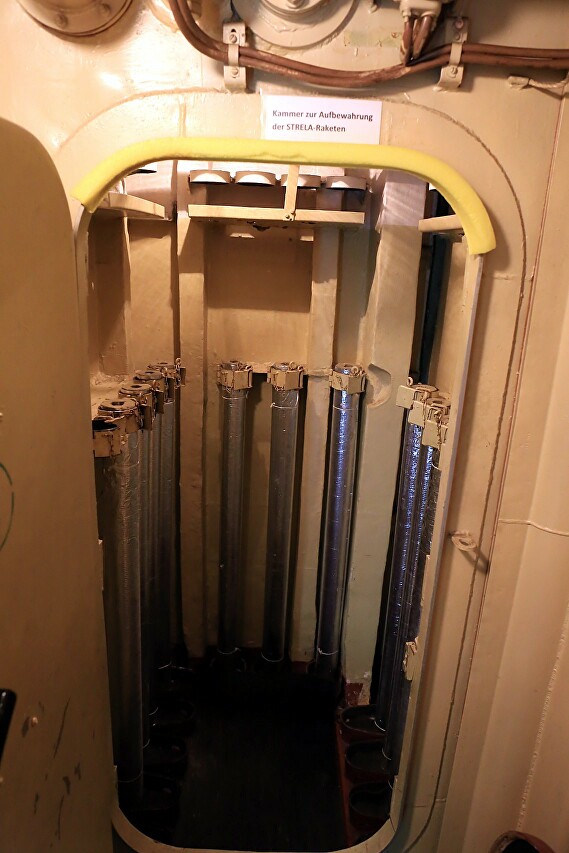Anti-aircraft Armament of Tarantul-class Missile Boat
In the aft part of the ship, air defense equipment is installed, which includes two AK-630M artillery units and an anti-aircraft missile system Strela-3, as well as equipment for setting up a smoke screen (left in the photo).
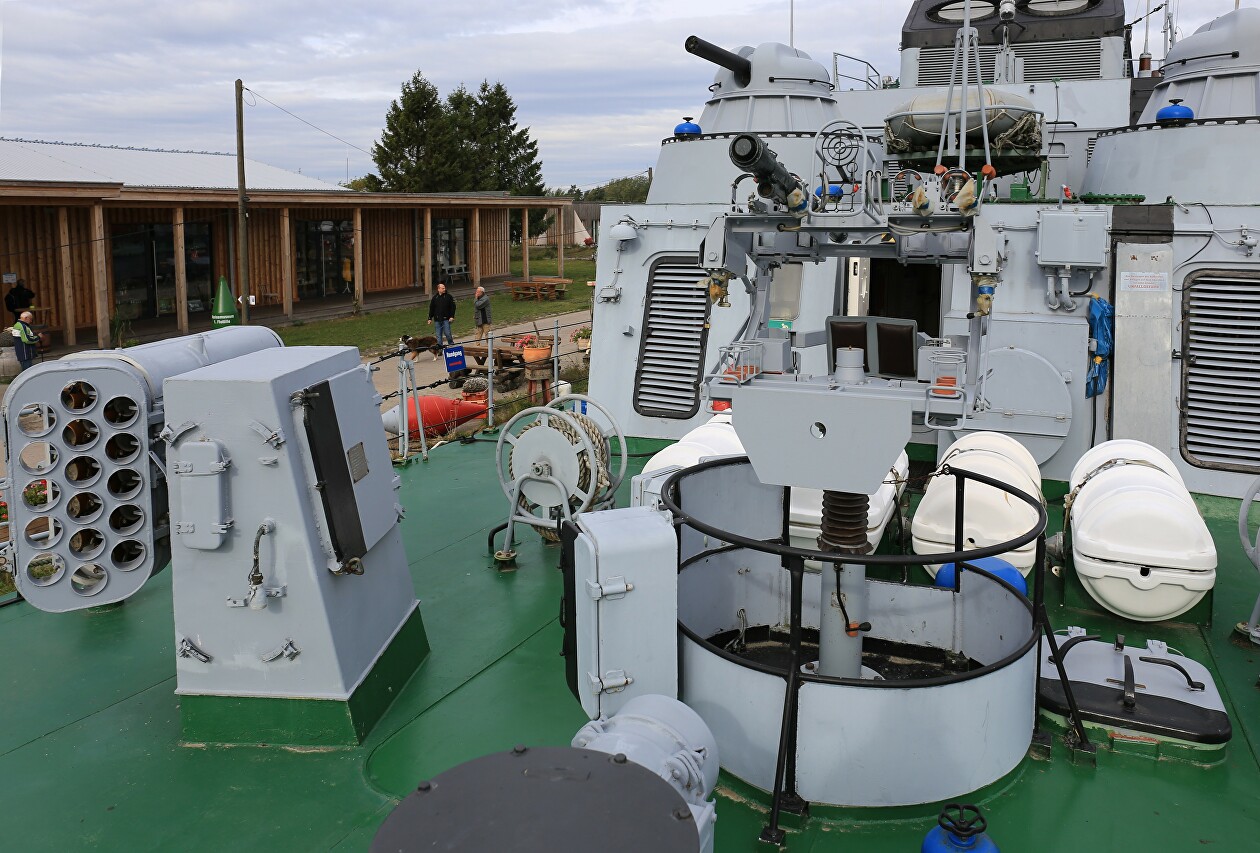
Rapid-fire artillery units of 30 mm caliber are designed to combat low-flying air targets: cruise missiles, airplanes and helicopters. Rigs can also be used to destroy small surface objects. In the first case, the effective firing range is up to 4000 meters, in the second 5000. The maximum ballistic range of the projectile is 8100 meters. The development of the installation began in 1963, and it was based on the AO-18 gun with a rotating block of 6 barrels (the so-called Gatling gun). The block of trunks is rotated due to the energy of powder gases, six identical gates carry out loading the cartridge, locking the barrel bore, firing and extracting the sleeve. The prototype was tested in 1964, and two years later the final model was adopted. However, the development of the installation in combination with control and guidance tools was delayed for 10 years, the artillery system system was adopted in 1976 under the AK-630 index. But this option also required improvements, and in the end, in 1979, the AK-630M installation was adopted, which we can now see on the Hans Beimler museum missile boat in Peenemünde.
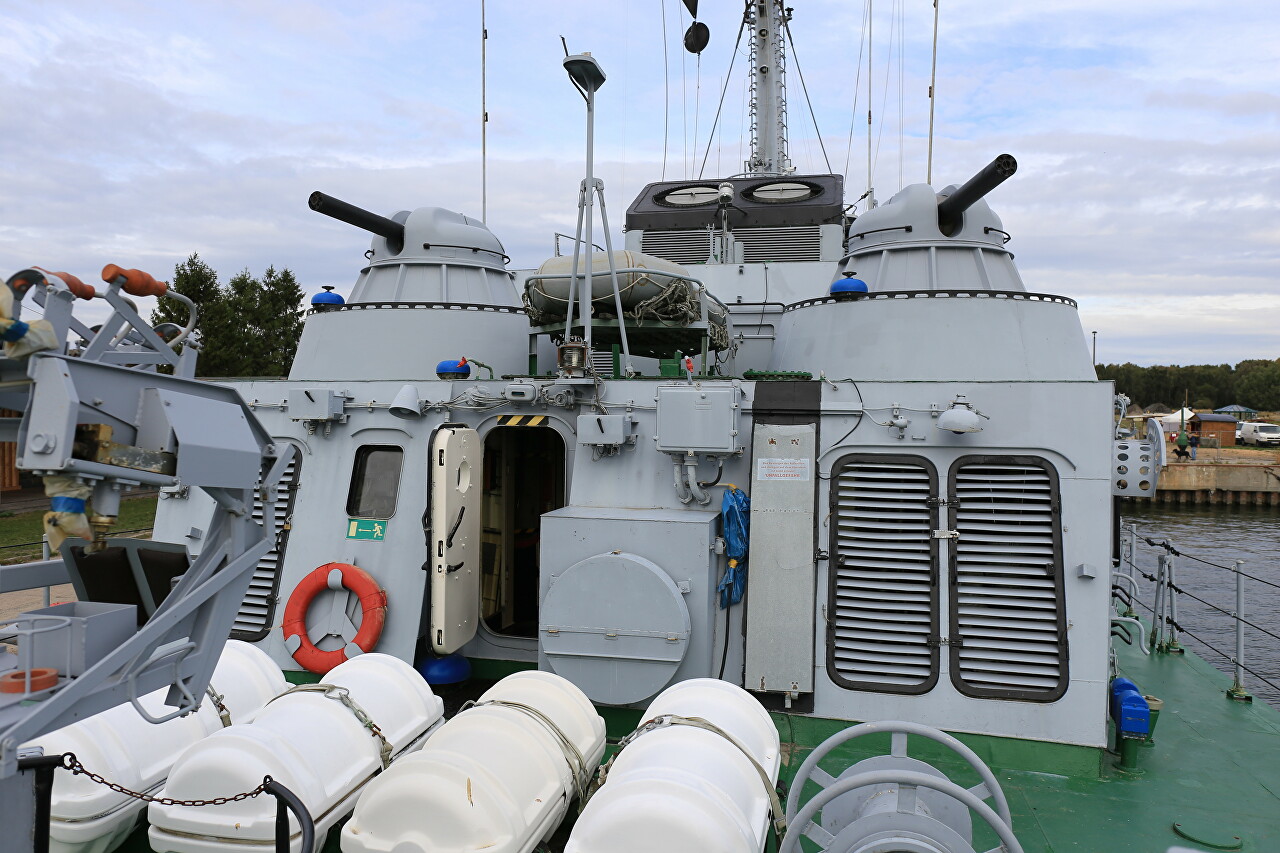
Two AK-630sare installed on top of the aft part of the superstructure, the superstructure houses the control and supply system for projectiles. A high rate of fire (up to 5000 rounds per minute) requires forced cooling of the barrels, for which distilled water or antifreeze circulates in the casing of the barrel block. This allows you to fire bursts of up to 400 shots with breaks of 3-5 seconds. But this is an extreme mode, according to the standards, the length of the queue should not exceed 25 shots, which guarantees the resource of barrels and automation in 8000 shots. To control the shooting, a radar and sighting system is used, which allows you to detect a target at a distance of up to 7000 meters.
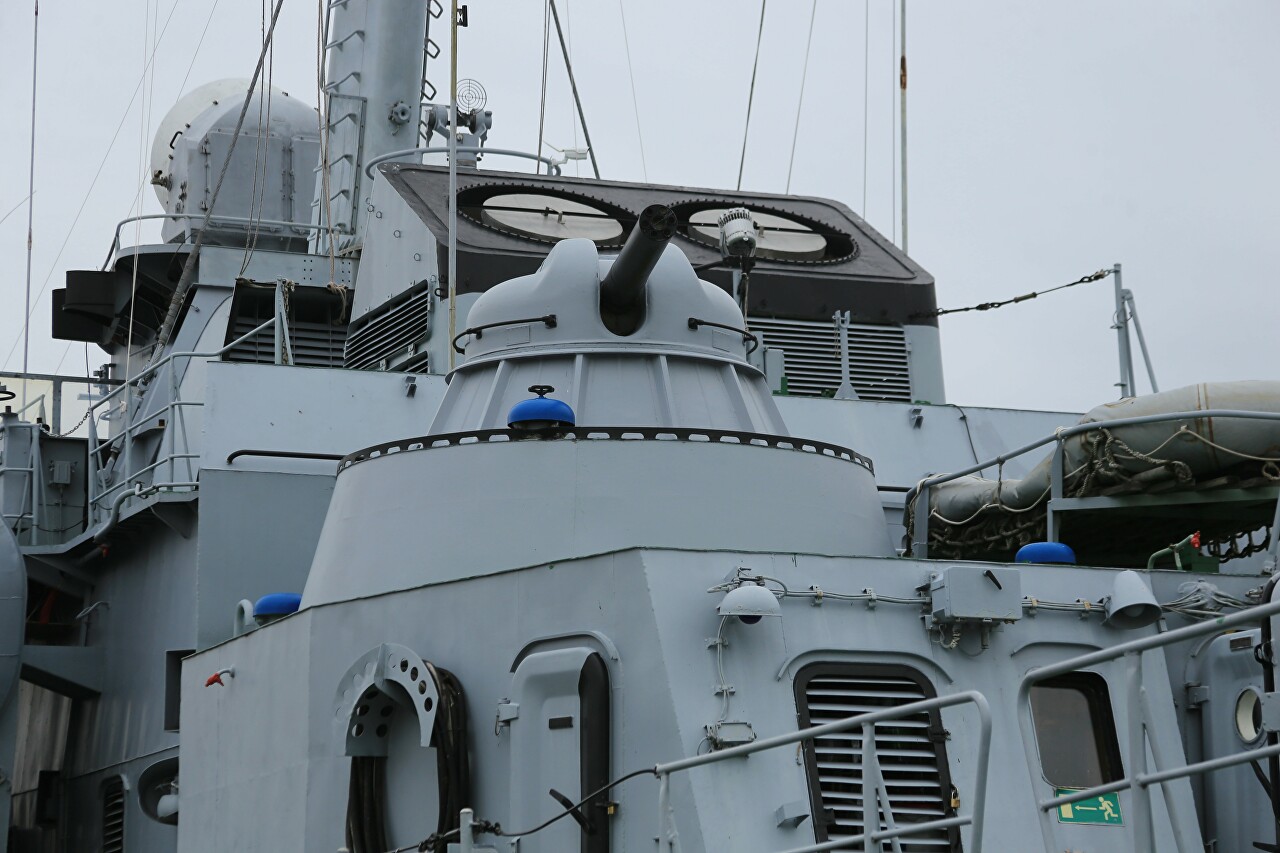
The gun has a belt feed, ammunition for each installation includes two magazines with belts for 2000 shells, another reserve tape for 1000 shells is stored in the shell cellar. To control the shooting, a radar and sighting system is used, which allows you to detect a target at a distance of up to 7000 meters. Cartridge weight 0.834 kg, projectile weight 0.39 kg, projectile length 293 mm. Explosive shells have a self-destruct mechanism that occurs at a distance of 5000 meters. The mass of an artillery installation without ammunition is 2500 kg, and together with ammunition and a control system, 11890 kg.
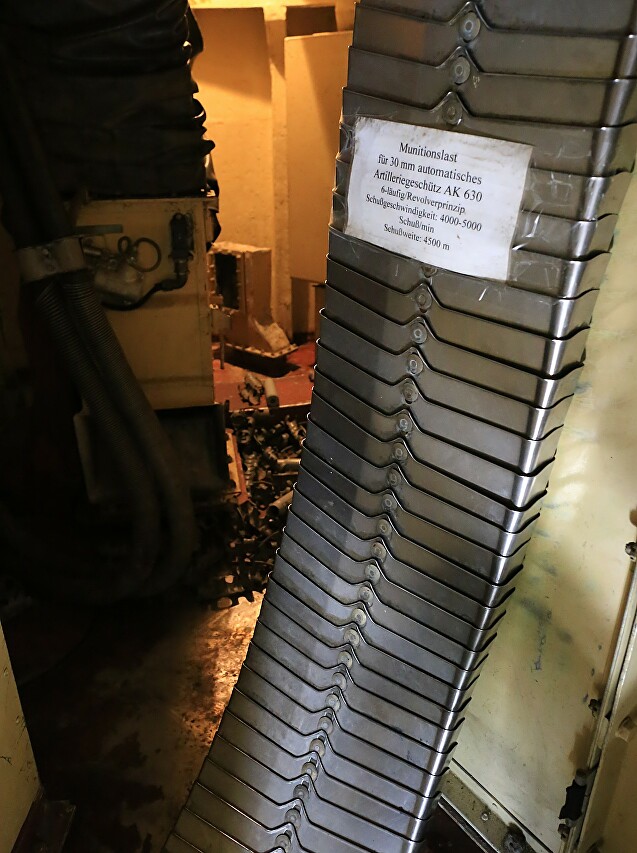
The fighting in the Middle East, where missile boats were widely used, showed their high vulnerability to aircraft equipped with anti-ship missiles that can be launched beyond the reach of small-caliber artillery. It was not possible to deploy a full-fledged long-range anti-aircraft missile system on small ships, so it was decided to use portable anti-aircraft missile systems for air defense.
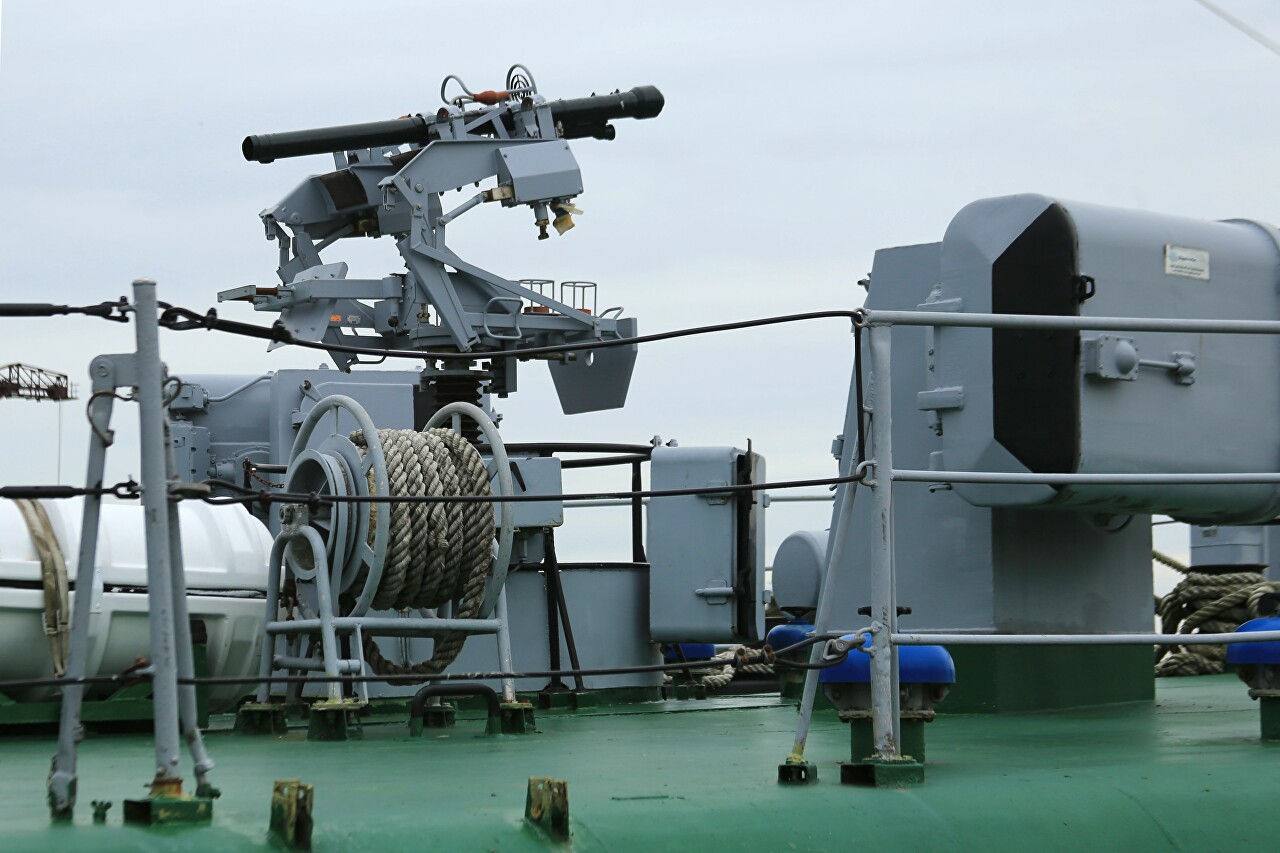
Four standard Strela-3 MANPADS (NATO classification SA-14 Gremlin), adopted in 1974, were placed on a rotating platform controlled by one operator. Aiming is performed visually, for which a sight with a ring sight is used. The platform has a stabilization system. The Strela-3 MANPADS missile has a mass of 10.3 kg, 1.47 m, has a range of up to 4,500 meters and a maximum flight altitude of up to 3,000 meters. The maximum speed of up to 1700 km / h theoretically allows you to hit maneuvering targets, and the infrared head with liquid nitrogen cooling has a high resistance to interference. Nevertheless, the effectiveness of these weapons is highly questionable, since the range of destruction is slightly less than that of AK-630 installations, as well as the fact that during their combat use in many land conflicts, downed targets can be counted on the fingers, and these are large subsonic aircraft and helicopters.

The SAM's ammunition package includes 16 missiles, which are stored in a special room in the aft part of the superstructure.
